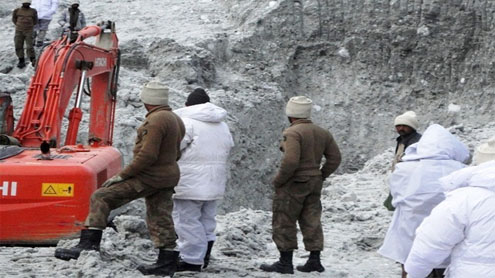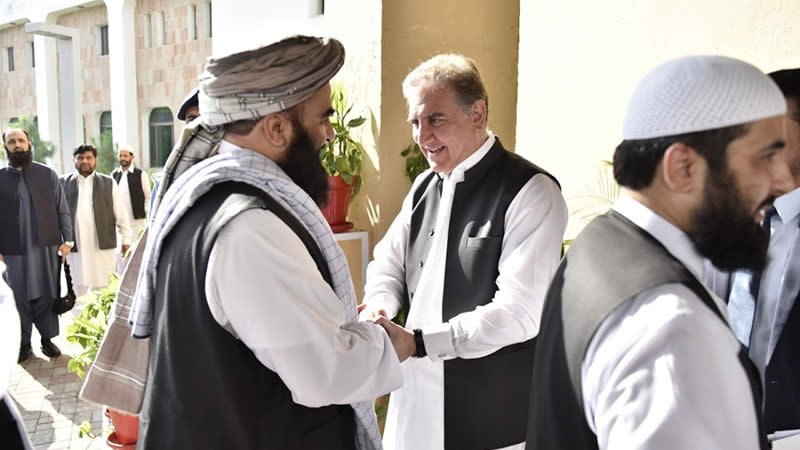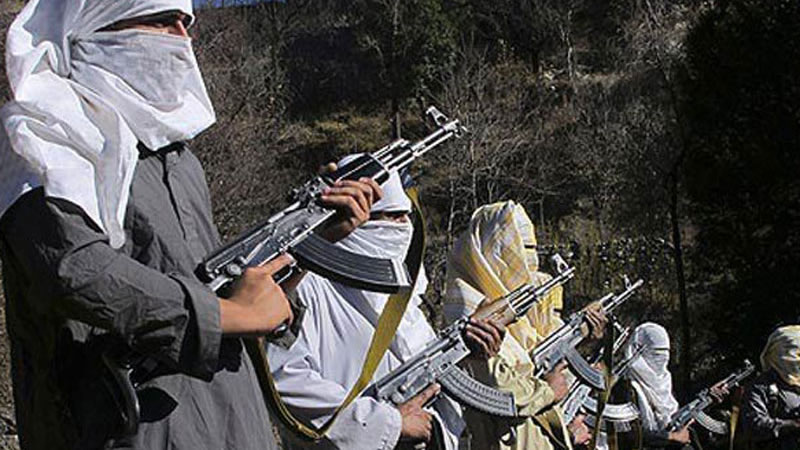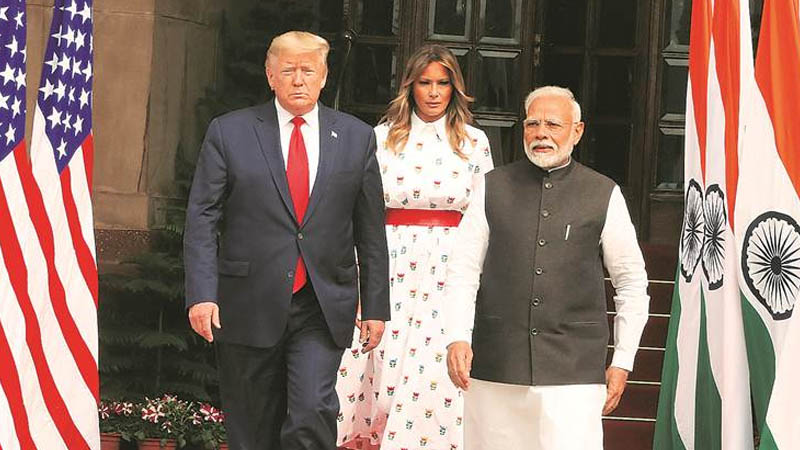
None of the 135 Pakistanis, including 124 Pakistan army soldiers and 11 civilians, whose camp on the frozen heights of Siachen glacier was swept under a 1,000 metre wide and 25 metre high wall of snow and mud early last Saturday morning, has been recovered, dead or alive, despite the hectic efforts of 180 military and civilian rescuers.
Hope of any of the victims being found alive has rapidly faded with each passing hour.The victims belonged to the 6th Northern Light Infantry battalion. The tragedy has triggered a heated debate in political and security circles as to whether it is worthwhile for both India and Pakistan to maintain a military presence in the sub-zero ‘hell’. The answer for some would be in the affirmative as the glacier puts the Karakoram Highway — a critical link between China and Pakistan — within range of Indian artillery.The avalanche that swept away the Pakistani military camp is located on the northern tip of the disputed Kashmir territory.
The two regional rivals have been locked in a protracted battle over the glacier since 1984 when India had sneaked a march on the 78 kilometre piece of wilderness, fearing that Pakistan wanted to lay claim to it because of the glacier’s strategic location. Thousands of troops stationed on both sides have had to brave extremely cold weather, leading at times to amputations because of frostbite, aside from altitude sickness and psychological trauma caused by long periods of isolation. It is said that more fatalities have been caused by extreme weather conditions than actual combat. The area has been quiet since the signing of the 2003 ceasefire accord between India and Pakistan.
Proposals have been mooted lately to declare the area a ‘peace park’, a proposal no sane person would dispute, though the abiding mistrust generated by the eyeball-to-eyeball confrontation between India and Pakistan have made this a difficult proposition, unless there are iron-clad guarantees backed by world powers through the UN. Secondly, if at all such an initiative is mounted, it will have to be on a reciprocal basis to ensure the wholehearted participation of the two regional rivals.
Viewed in historical perspective, an unresolved Kashmir dispute has done great harm to the region and blocked its progress. Of late, India has been accused of engaging in illegal construction of dams, in violation of the Indus Waters Treaty, which, if proved to be correct, threatens Pakistan’s water and power sector. Since the nuclearisation of the region, it has become impossible for either side to impose a military solution. There is therefore no other option except to engage each other in talks to resolve all the sticky issues, including Kashmir.
Viewed in the wider perspective, the loss of 124 Pakistani soldiers and 11 civilians because of the Siachen glacier avalanche underscores the need for both India and Pakistan to address all bilateral issues peacefully. President Zardari’s visit to India and talks with Prime Minister Manmohan Singh augur well for regional peace. Ironically, the nuclearisation of the region has restricted the war option of the hawks on either side of the border.
The salvation of this poverty-ridden region lies in genuine peaceful co-existence and amity. The tragedy that has befallen Pakistan would not have happened if all the outstanding issues had been resolved earlier through dialogue and diplomacy. Perhaps this human tragedy may instil some sense into the hawks on either side of the border, leading to a cut in military spending by both the countries and diversion of scarce resources to the development of infrastructure and human capital. – Dailytimes












